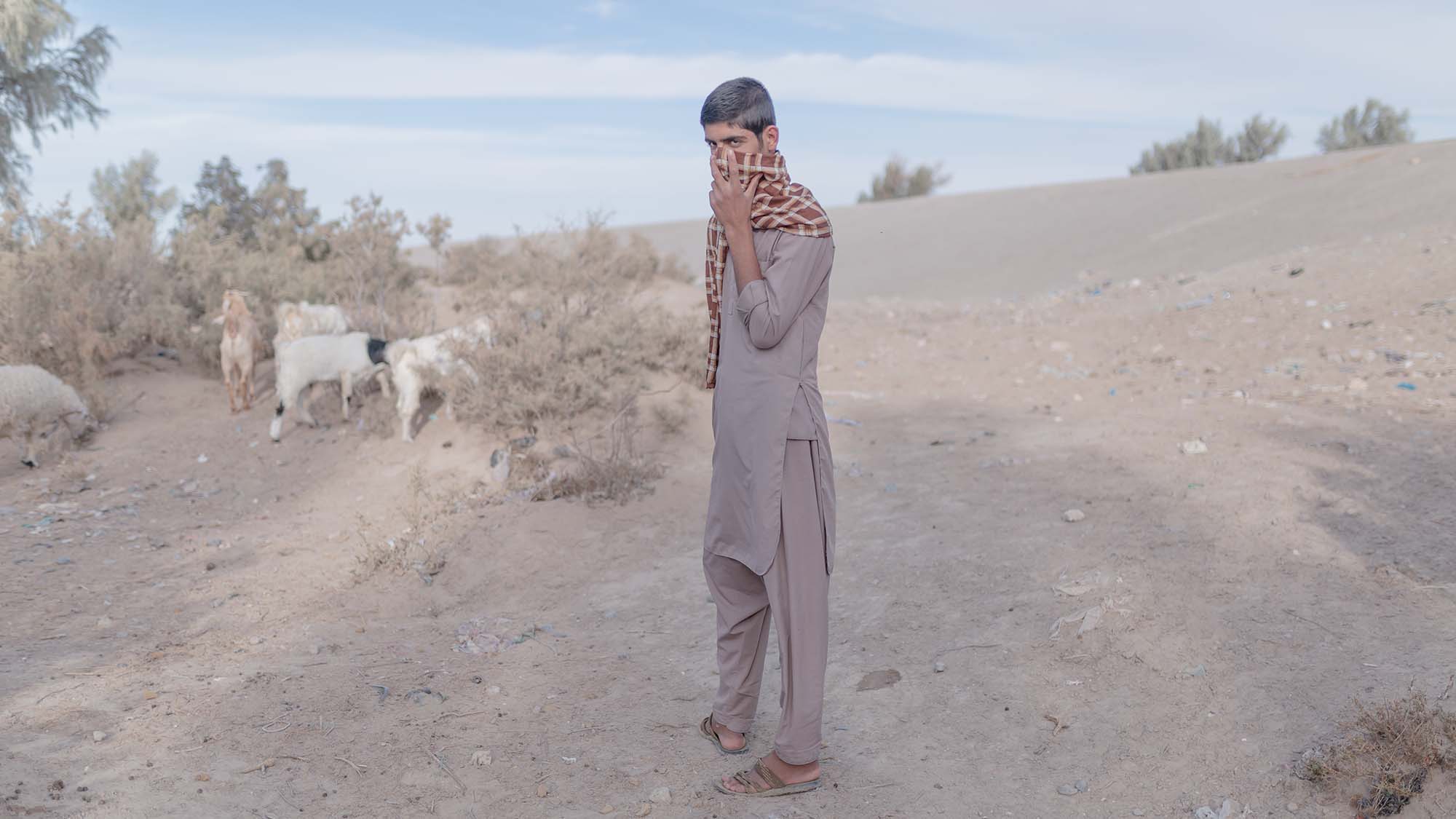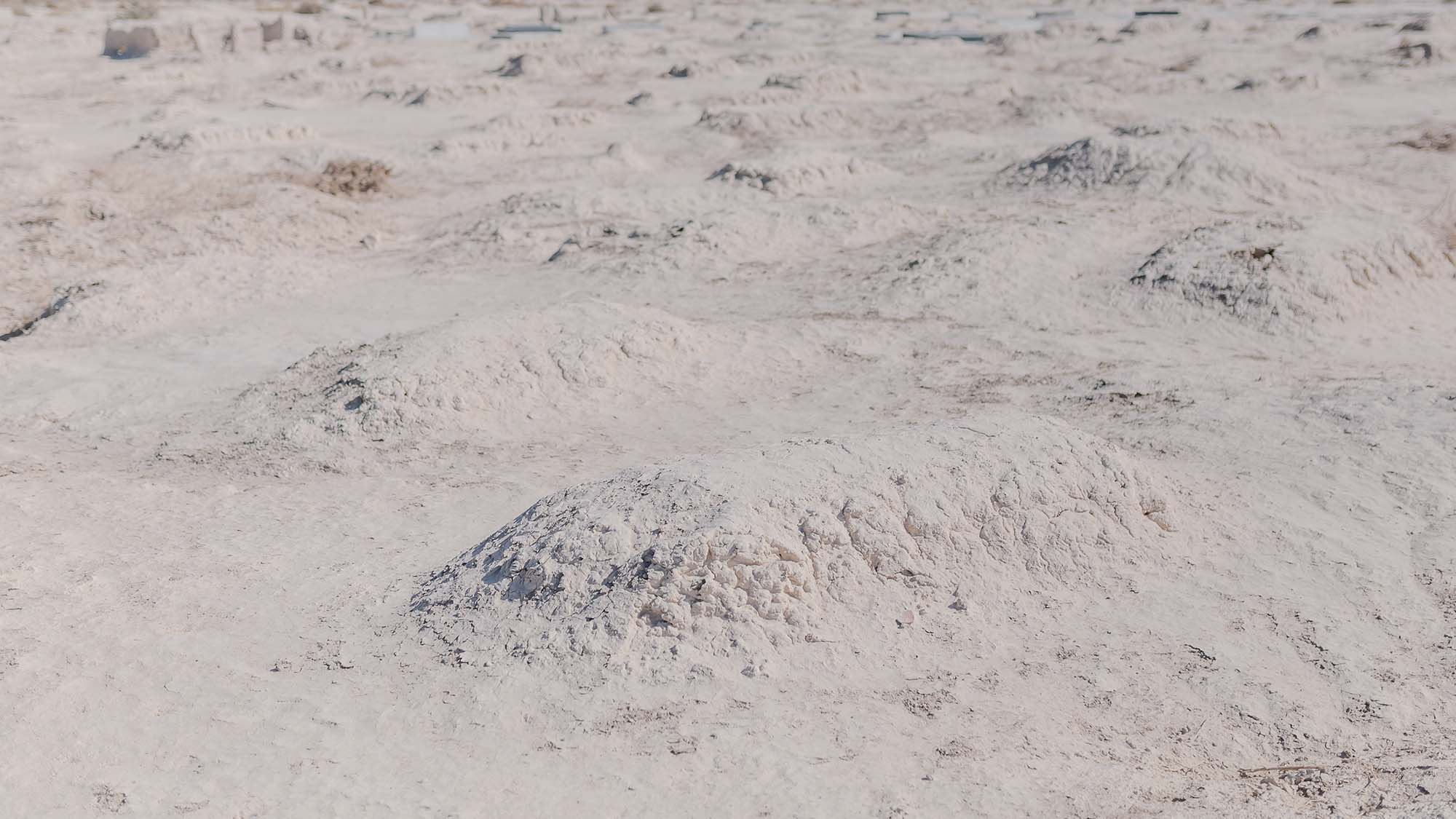Hamun | 2018
They said "Hamun" was beyond this hill. I climbed to the top, only to find that "Hamun" had vanished. The lake was engulfed by dust, much like its impoverished inhabitants. Beneath sun-scorched boats, the land had lost its vitality. In the remnants of "Hamun," now reduced to dust, a young shepherd grazes his sheep. Lake "Hamun" was once the seventh-largest international wetland and the largest freshwater lake in Iran. Historically, the lake supported both wildlife and human communities, who relied on it for fishing, agriculture, and animal husbandry. The local economy, deeply dependent on Lake Hamun, has been devastated, leading to widespread poverty and forcing many residents to emigrate. The disappearance of Hamun has led to a severe loss of biodiversity and vegetation, putting the region's ecosystem at risk of extinction.





In this region, the primary livelihood is animal husbandry, which is essential for the local community's survival. The main activity of the locals involves using the lake bed for livestock grazing.


The drought caused by the disappearance of Lake Hamun has led to numerous deaths over the past years, affecting humans, plants, and animals alike.




